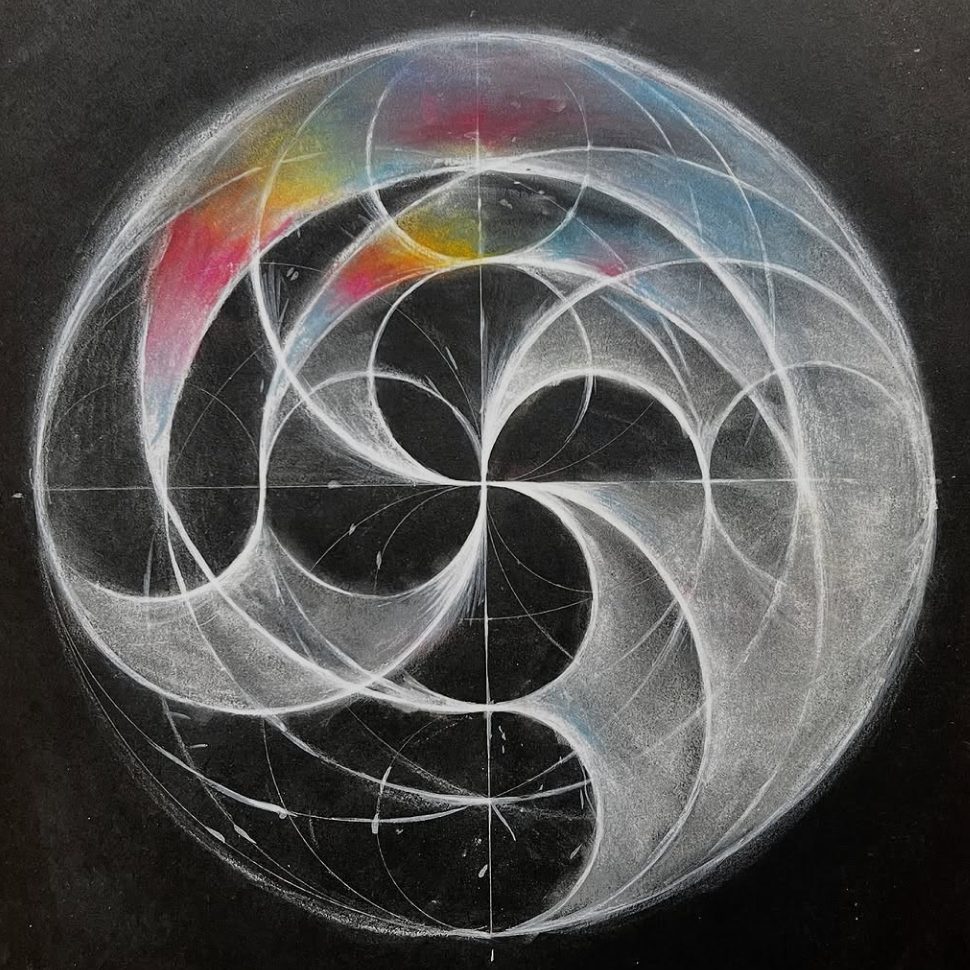















Analysing the vacuum
A starting point in the study of the minimal supersymmetric Standard Model (MSSM) is the vacuum moduli space, which is a highly complicated algebraic variety: it is the image of an affine variety X⊂ℂ49 under a symplectic quotient map ϕ to ℂ973. Previous work computed the vacuum moduli space of the electroweak sector; geometrically this corresponds to studying a restriction of ϕ: ℂ13⟶ϕ𝚛𝚎𝚜ℂ22. We analyze the geometry of the full vacuum moduli space for superpotentials Wminimal (without neutrinos) and WMSSM (with neutrinos) in ℂ973. In both cases, we prove that X consists of three irreducible components X1, X2, and X3, and determine the images Mi of the Xi under ϕ. For Wminimal we show they have, respectively, dimensions 1, 15, and 29, and prove that each of the Mi is a rational variety, while for WMSSM we show that M3 is the only component. Restricting the Mi to the electroweak sector, we recover known results. We describe the components of the vacuum moduli space geometrically in terms of incidence varieties to a product of Segre varieties.
Submitted (2025)